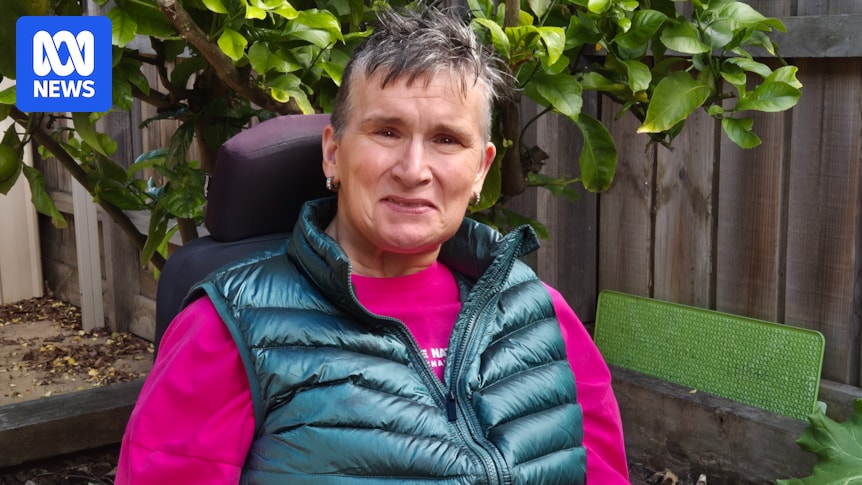
Allowance cuts to the National Disability Insurance Scheme (NDIS) could force therapists to cancel programs or increase charges for clients, according to a regional physiotherapist. The NDIS released its annual pricing review last week, revealing a reduction in the hourly rate for certain allied health therapies effective July 1. Additionally, travel rates charged by allied health professionals will be halved.
Helen Lowe, director of Through Life Physio in Warragul, approximately 90 minutes southeast of Melbourne, described the changes as a “complete shock” that would directly impact rural and regional therapy providers and their clients. “There’s been next to no consultation with our professional bodies for physio, OT (occupational therapy), and speech pathology who have all been affected by that 50 percent price cut to travel,” Lowe stated.
An NDIS spokesperson defended the changes, asserting that they align the prices paid by NDIS clients with those paid through other schemes like Medicare or private health insurance. However, Lowe argued that services provided to NDIS participants are more complex and require longer appointments compared to standard physiotherapy services. “By benchmarking costs against standard therapy services, the NDIS has simply done the maths wrong,” she said, noting that her business would face a loss of $34,000 annually.
Impact on Clients and Providers
For clients like Keryn Smith, a Warragul resident living with an acquired brain injury, the changes could mean reduced access to vital physiotherapy services. Smith, who has worked with Lowe for 13 years, credits physiotherapy with helping her regain control over her muscle movements and balance. “Physio changed my life,” she remarked. Smith expressed disappointment over the pricing changes, fearing they could limit her sessions each week. “I’m p*ssed off. Physio has been important, but the NDIS thinks physio is unimportant,” she said.
Meanwhile, Lowe’s business, which employs eight practitioners traveling across West Gippsland and the Latrobe Valley, faces difficult decisions. “To do good disability physiotherapy, you need to go where people are, not just bring them into your comfortable clinic,” Lowe explained. She emphasized that travel is essential, not a luxury, for effective therapy. Lowe is now considering whether to charge a gap fee to NDIS clients or face losing over $30,000 a year. “It’s such an insult to us as practitioners that the NDIS thinks this is OK, and it is incredibly cruel on NDIS participants,” she said.
Broader Implications for Rural Areas
Gippsland Disability Advocacy chief executive Leanne Wishart highlighted the additional disadvantages faced by NDIS participants in regional, rural, and remote areas due to their distance from services. Wishart noted that some providers have already informed clients they will no longer offer services due to the inability to recoup costs. “Effectively, this creates an even greater inequity in access to NDIS services and breaches the rights of people with disability living in regional, rural, and remote areas to have equal access to services,” she said, referencing the Disability Discrimination Act 1992 and the United Nations Rights of Persons with Disabilities.
Official Response and Future Outlook
In a statement, a spokesperson for the National Disability Insurance Agency explained that this year’s pricing review was benchmarked against fees paid through Medicare, private health insurance, and other government schemes. “In some cases, the data showed NDIS price limits significantly exceeded the market rate by up to 68 percent,” the spokesperson said. They also noted that participants had reported “excessive travel claims” that reduced their funding plans.
“The updated therapy travel-claiming rules encourage more efficient scheduling by providers and provide clear cost expectations for participants to help them get better value from their funding,” the spokesperson stated. “For participants living in remote areas, therapists can receive a 40 percent above rate price for services, and this loading is 50 percent for therapy provided in very remote areas.”
As the changes take effect, the debate over their impact on rural and regional therapy services continues. Providers and clients alike are left grappling with the potential consequences, and the question remains whether further adjustments or consultations will be made to address the concerns raised by those most affected.





